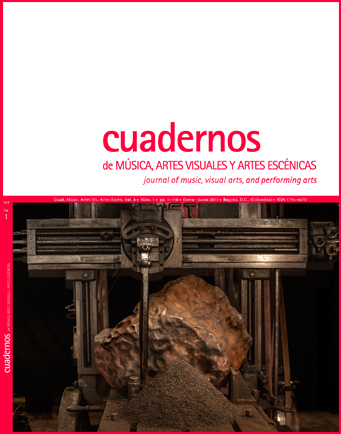Abstract
El Proyecto Ministerios, un proyecto de renovación urbana en el centro de Bogotá, pretende cambiar por completo la cara de un importante sector de la ciudad. El presente estudio hace una aproximación a las dos caras detrás del proceso de ‘regeneración urbana’ que propone dicho proyecto, a partir de la revisión de las propuestas de los actores involucrados directamente –el Gobierno Nacional representado en la Empresa de Renovación Urbana EVB y la comunidad desde el comité ‘En Defensa del Centro’. Dicho análisis permite entender la forma en que el patrimonio, visto desde su discurso ‘experto’, almacena posturas políticas. En este caso, el patrimonio es usado como un instrumento que a la vez impone y resiste el desarrollo urbano.This journal is registered under a Creative Commons Attribution 4.0 International Public License. Thus, this work may be reproduced, distributed, and publicly shared in digital format, as long as the names of the authors and Pontificia Universidad Javeriana are acknowledged. Others are allowed to quote, adapt, transform, auto-archive, republish, and create based on this material, for any purpose, provided the authorship is duly acknowledged, a link to the original work is provided, and it is specified if changes have been made. Pontificia Universidad Javeriana does not hold the rights of published works and the authors are solely responsible for the contents of their works; they keep the moral, intellectual, privacy, and publicity rights.
Approving the intervention of the work (review, copy-editing, translation, layout) and the following outreach, are granted through an use license and not through an assignment of rights. This means the journal and Pontificia Universidad Javeriana cannot be held responsible for any ethical malpractice by the authors. As a consequence of the protection granted by the use license, the journal is able to publish retractions or to correct information already published. Publishing contents in this journal does not generate royalties for contributors.


